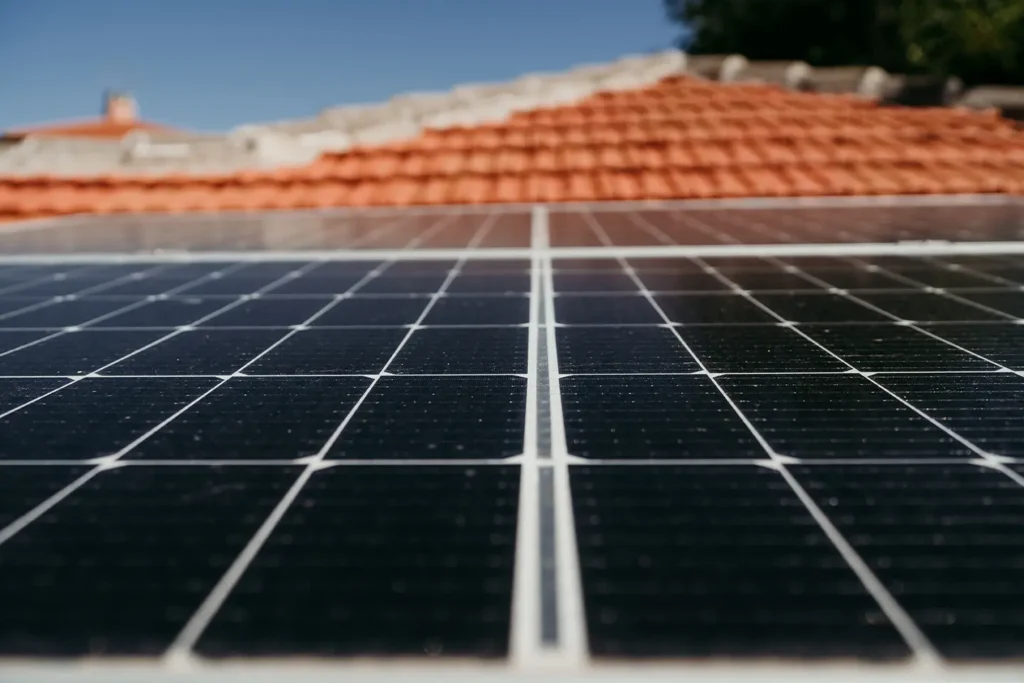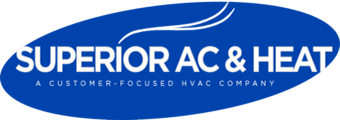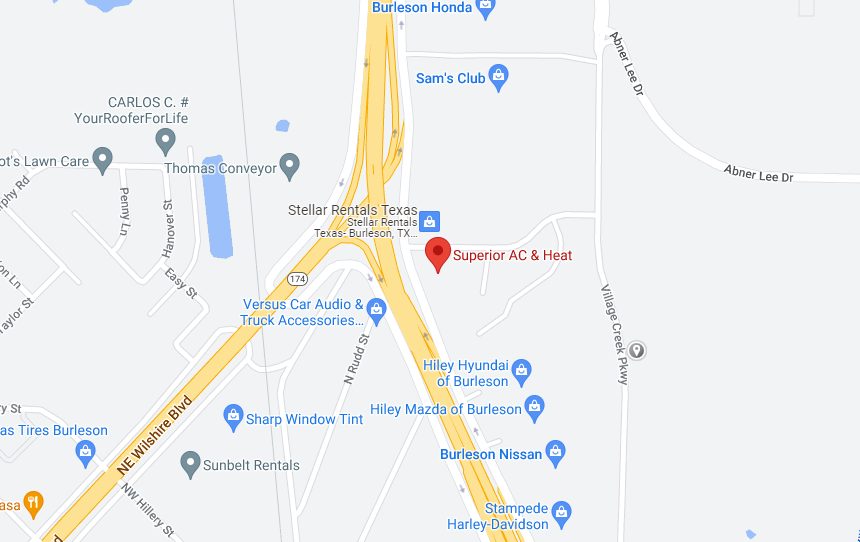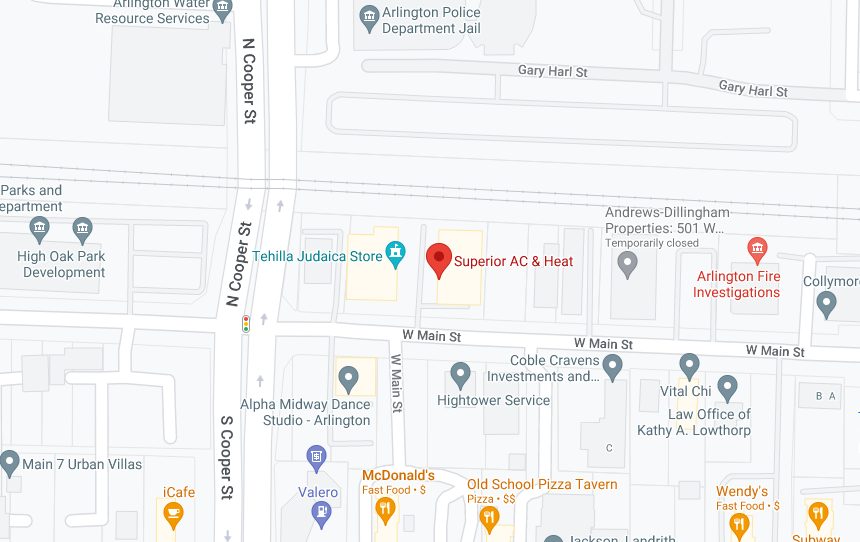Differences Between Passive And Active Solar Heating
As a commercial building owner, if you had the opportunity to cut costs and make a positive change in the environment, what would stop you? Sometimes we don’t even realize the options that are available that we could be taking advantage of! Solar heating is one such increasingly popular option for reducing energy costs and environmental impact in commercial buildings. There are two main types of solar heating:
- Passive solar heating
- Active solar heating
While both use solar energy to provide heat, they differ in the way they collect and distribute heat. As its name suggests, passive solar heating relies on a hands off approach to provide heat. Design features such as building orientation and insulation to capture and distribute heat, while active solar heating uses mechanical systems such as pumps and fans to collect and distribute heat.
Differences In Design And Installation
With any two things that are being compared as passive and active, there is always an element of action being taken in the active sense, and little or no action being taken in the passive regard. Passive heating has more to do with building design features such as where a building is located, the height of buildings around your building, including south-facing windows, thermal mass materials, shading elements, and the kind of insulation used in the building process. The goal is to capture and redistribute heat from the sun in as effective a way as possible!
Active solar heating requires a system to be set up with mechanical equipment such as solar collectors, pumps, and fans to capture and distribute heat. The installation process for passive solar heating is typically integrated into the overall building design, while active solar heating requires specific equipment to be installed and connected to the building’s heating system. Professional HVAC companies have technicians qualified to walk you through whether your building is a good candidate for active solar heating.
How Efficiency And Performance Are Impacted
Since active solar heating systems have more controllable elements involved in their setup, they tend to be more efficient and perform better than passive systems. Active systems are able to collect and distribute heat more precisely and effectively, whereas passive systems can only bank on external circumstances to provide the amount of sunlight a building needs to be comfortable.
However, active systems are typically more complex and expensive to install and maintain than passive systems. Passive systems may have lower efficiency and performance than active systems, but they have the advantage of being more durable and requiring less maintenance over time. If active systems are not feasible in a given area, passive systems may still make sense to incorporate into a building process if a business owner is building from scratch.

Cost And Maintenance Considerations
Active solar heating systems are more expensive to install than passive systems due to the cost of equipment and installation. However, over time active systems may be more cost-effective in the long run due to their higher efficiency and performance.
Maintenance requirements for active systems are higher, as mechanical components require regular inspection and upkeep. Passive systems, on the other hand, have lower installation costs and maintenance requirements, but may have lower efficiency and performance compared to active systems.
How Both Options Adapt To Different Climates
Passive solar heating systems can be adapted to different climates by varying the design and construction techniques used, such as the type and amount of thermal mass materials or shading elements incorporated into the building. Passive systems are well-suited to buildings in sunny climates with a significant amount of south-facing exposure.
Active solar heating systems can also be adapted to different climates by varying the type and size of solar collectors, as well as the equipment used to distribute heat, such as pumps and fans. Active systems may be more suitable for buildings in cooler climates with less solar exposure. Both passive and active solar heating systems can be designed and adapted to meet the specific needs and requirements of different clients and building types.




